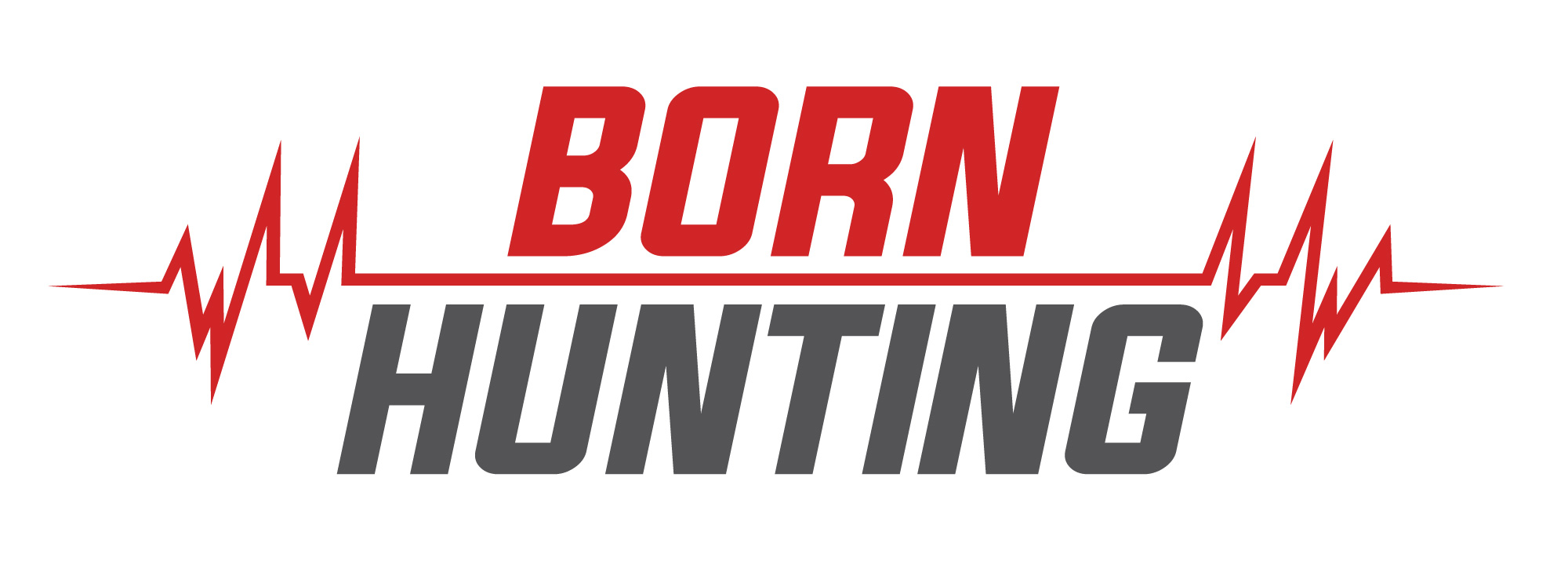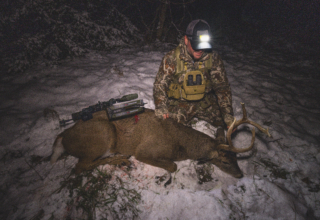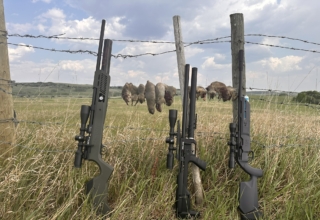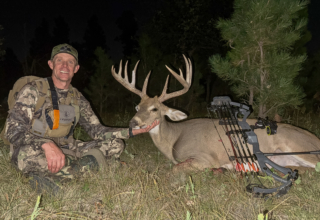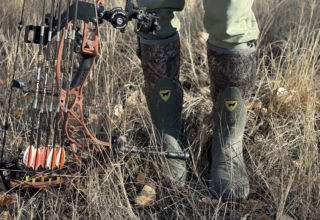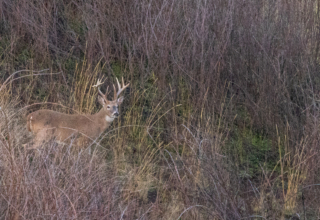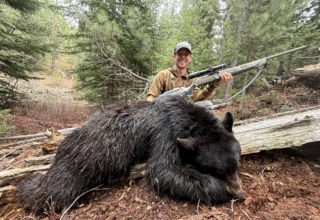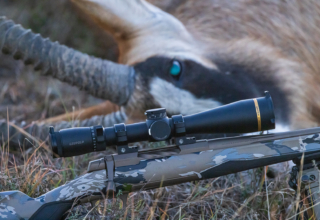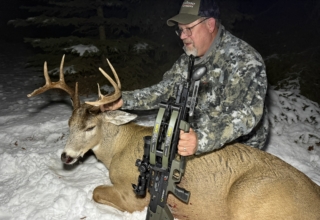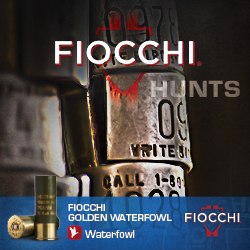A lightweight, organized, and effective kill kit is a critical component of every hunt.
by Jace Bauserman
I’m an optimistic hunter, but I’m not a ‘put the cart before the horse’ hunter. Hunting is hard. Murphy’s Law strikes often, and rarely do even the best-laid plans come to fruition.
Over 25 years of chasing big game animals around the world have led me to this conclusion: The harder I work before the hunt, the better my chances. The more prepared I am going into a hunt (physically, mentally, and with the right gear), the better my odds of success.
I work tirelessly to win in the field during the offseason, and even during the season, I remain in top physical shape and stay focused on the tasks at hand.
When you win in the woods, one of the first pieces of gear you’ll take out of your backpack is your kill kit. Kill kits get overlooked. The reason is twofold. First, hunters don’t want to put the cart before the horse. I spend very little time thinking about killing. Instead, I put all of my focus into what it will take to earn one opportunity to loose an arrow or squeeze a trigger. Second, hunters tend to let their kill kit get overshadowed by other gear.
After 25 years of hunting and figuring out a few things, I’m blessed to typically fill more tags than I deserve each season, and I’ve learned that a top-tier kill kit is critical to have in your backpack.
Here’s what my kill kit includes, and with it, I can handle everything from pronghorn to moose.
Kill Kit Bag
Organization of gear is critical, and for this reason, I purchased Marsupial Gear’s Large Zipperoo Pouch. I opted for the Blaze Orange mesh-style fabric so the bag stands out in the pack and when on the ground. I like the single-zipper design, and the pouch is both light and durable. The large bag measures 7.5″ x12″ and weighs 0.8 ounces.
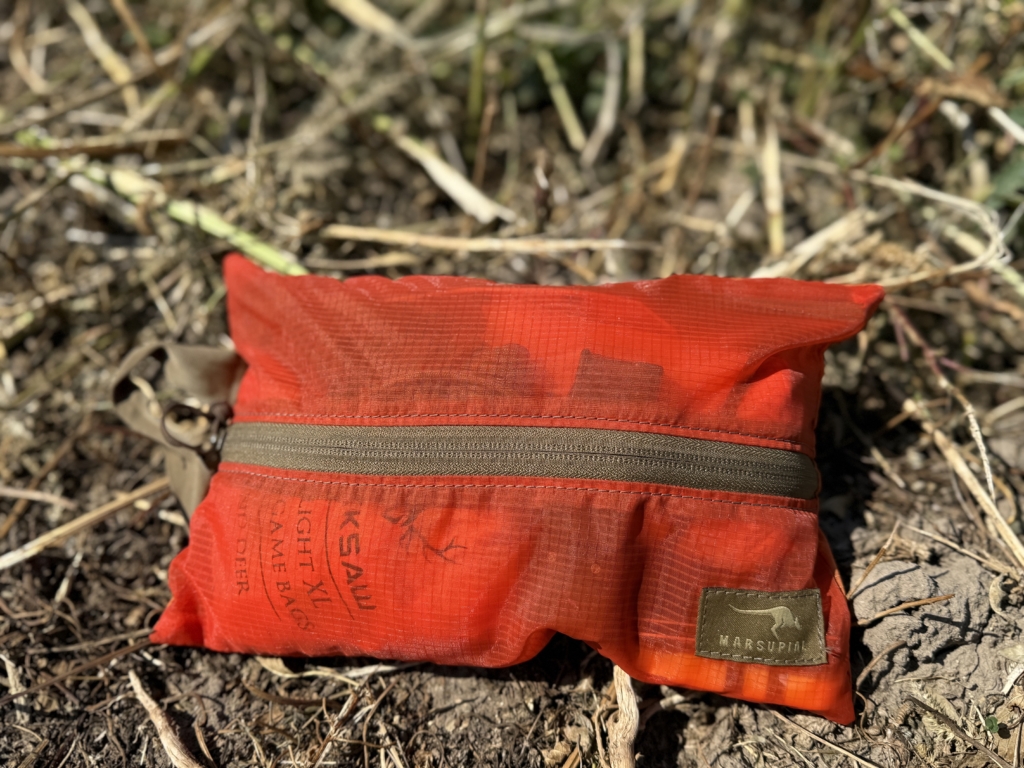
Marsupial Gear blended transparent mesh and ripstop fabric with a YKK zipper to ensure durability and no-fail functionality. This pouch is an ideal choice for storing the inner contents that make up an effective kill kit.
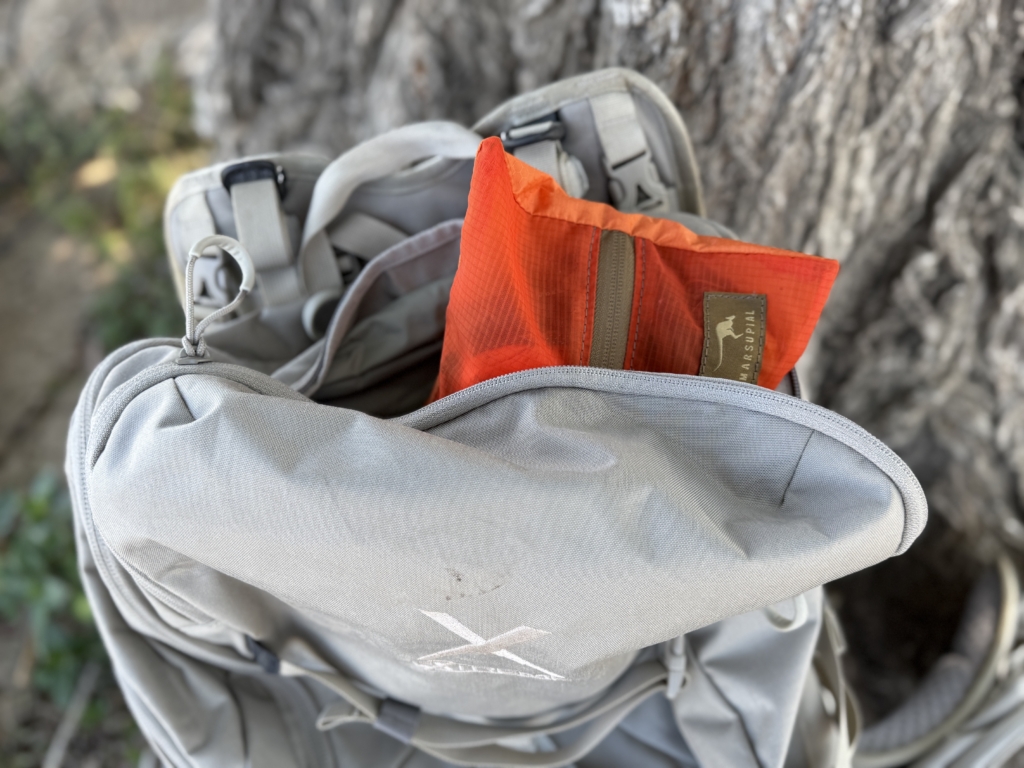
What’s Inside My Kill Kit
The first two items inside my kill kit are Grakksaw’s Dead Meat Tarp and UltraLight XL Boneless Game Bags. Big-game meat is precious, and the Dead Meat Tarp keeps meat off the ground, which prevents it from getting dirty. I lay out the tarp, add rocks to all four corners, and then start putting quarters and boned-out meat on the tarp.
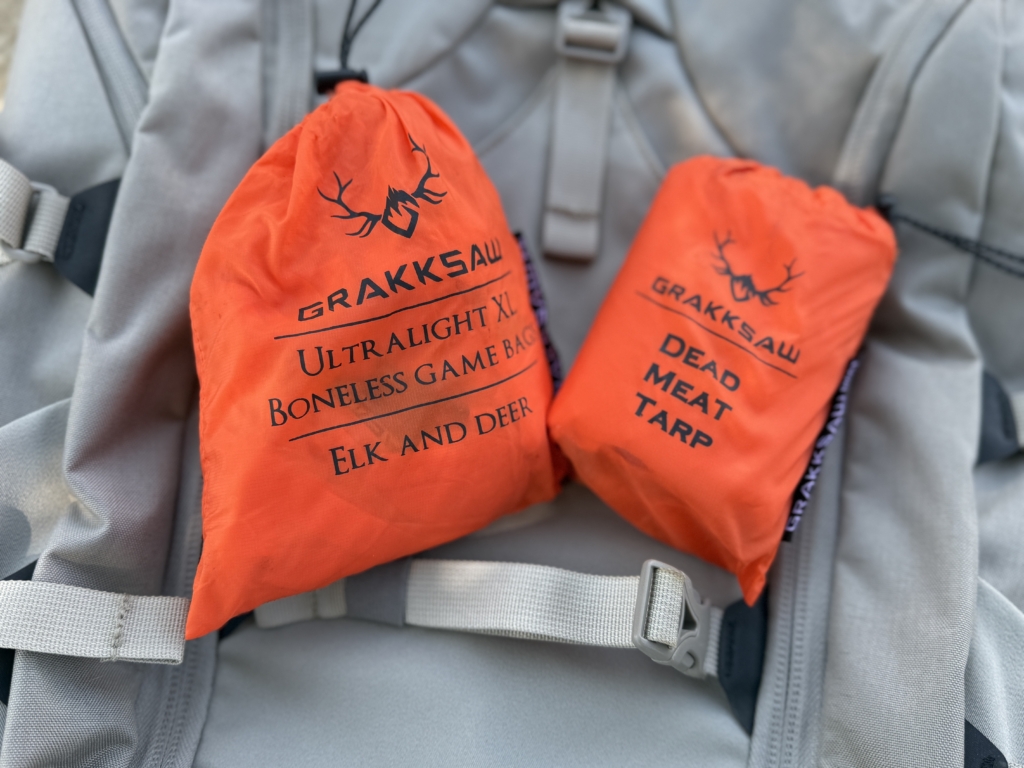
The UltraLight XL Boneless Game Bags, like the Dead Meat Tarp, occupy very little space in the kit and weigh almost nothing. The bags are durable and light. I’ve used these extra-light Boneless Bags for pronghorn and mule deer quarters with the bone in, and they’ve held up well. When dealing with heavy-boned game like elk, moose, etc., you’ll want to bone your meat out.
Nylon Paracord
I do a lot of solo hunting, and when I bring down an animal in steep terrain, cleaning it is quite a chore. I use high-quality paracord to tie legs to trees, stumps, etc., so I can skin and work on meat more effectively.
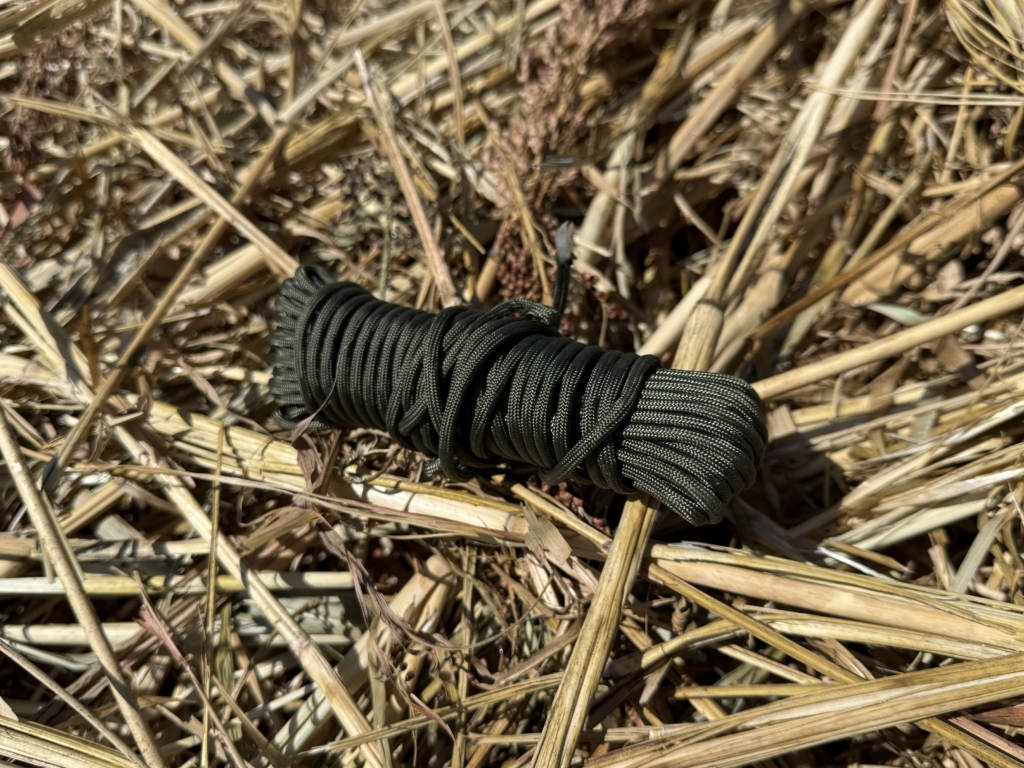
Zip Ties
Zip ties are a crucial item in a kill kit. Every year, I find a new use for a zip tie. While their primary purpose is to attach my tag to the meat or horns, they also tend to come in handy multiple times on a hunt.
Benchmade Steep Country Drop-Point
I’m a replaceable-blade knife fan, but Benchmade’s Steeep Country Drop-Point fixed-blade knife is with me on every hunt. The knife is sharp, easy to re-sharpen, and features a S3OV Stainless Steel (58-60HRC) blade that is 0.121 inches thick. The blade is ultra-durable, and the knife’s Santoprene handle is easy to grip, even when bloody. This knife is perfect for cutting around leg joints and working around the atlas joint to disconnect the skull from the spine.
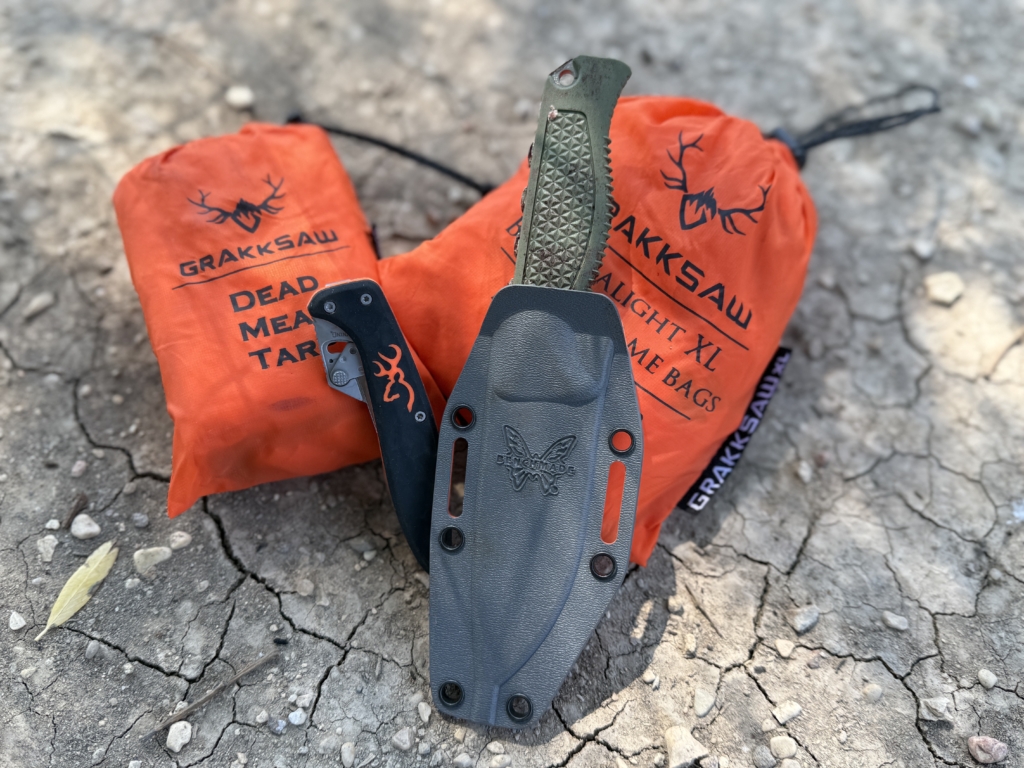
Worksharp Pivot Knife Sharpener
Worksharp makes the best knife sharpeners, and the Pivot is a small, lightweight model that quickly and effectively touches up knives. The Pivot’s Convex-Carbide and fine ceramic slots, along with a diamond plate, sharpen any knife in seconds.
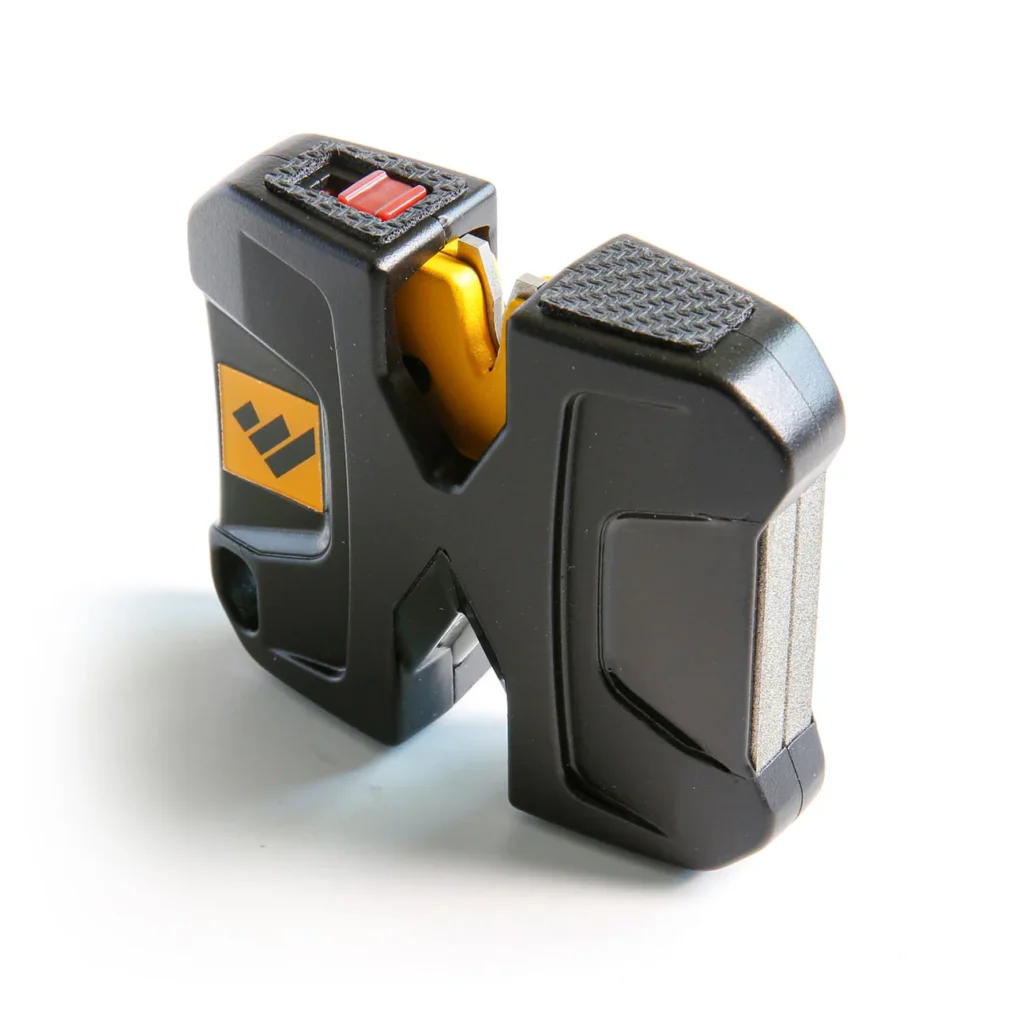
Browning Primal Scalpel & Blades
I’ve used many replaceable blade knives, but Browning’s Primal Scapel is my favorite. I love the thumb stud with swing-lock design that locks scalpel blades in sizes of #60A, 21, 22, and 24 in place. The knife is extremely lightweight, features a pocket clip, and has anti-skid grooves that ensure precise control. Typically, it takes me two blades to clean a deer and three to finish an elk.
Other Items
Other items in my kill kit include extra headlamp batteries, a fine-point Sharpie for signing my carcass tag, a small pair of scissors, and one roll of electrical tape.
An organized kill kit will make you much more efficient when your arrow or bullet hits home and the animal is down. As hunters, we value the meat. There is nothing better than wild game meat, and the better prepared you are to handle every kill, the more meat you’ll get off the mountain and the tastier that meat will be.
